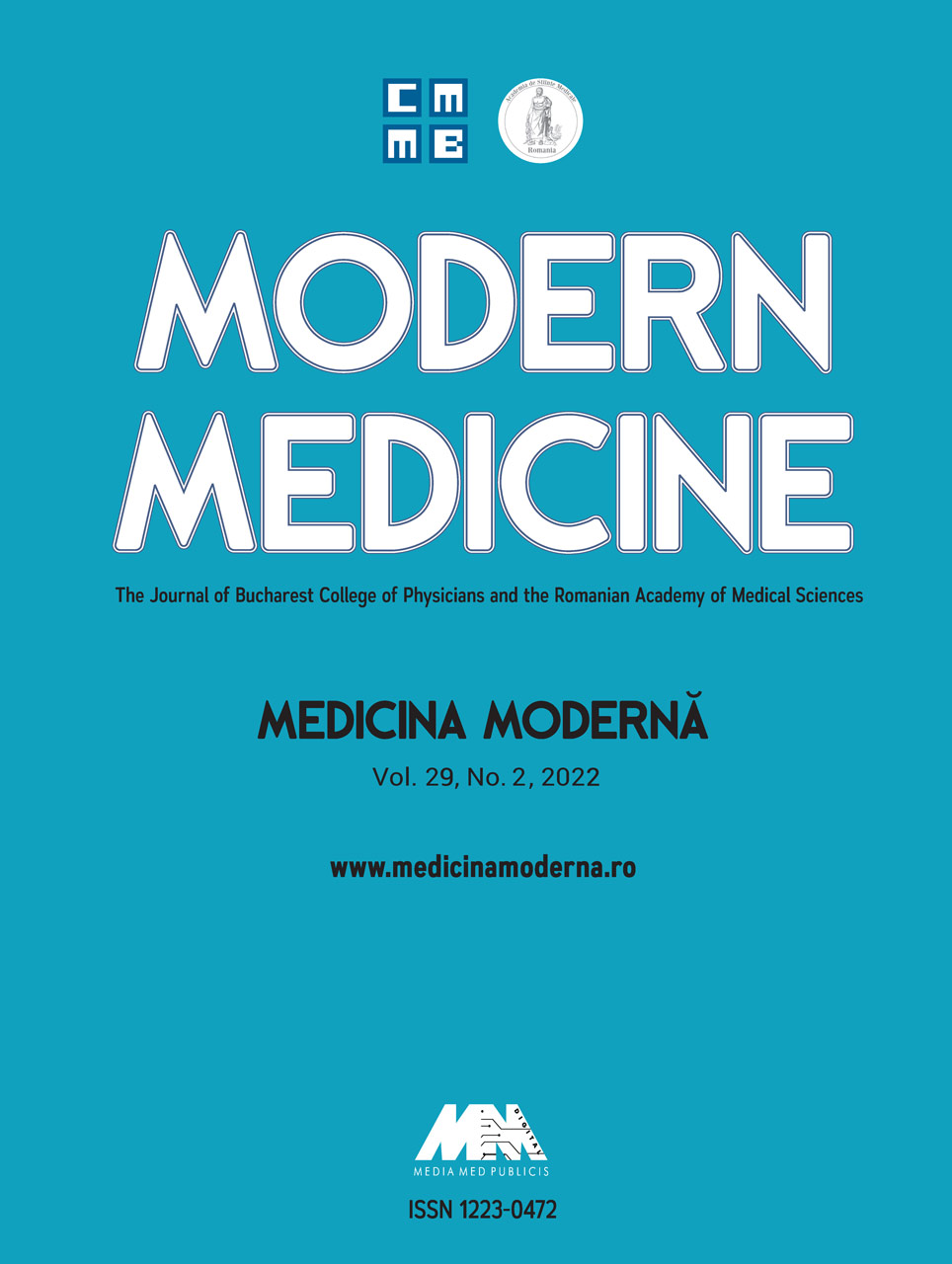Objectives: Electrical status epilepticus during sleep (ESES) is a type of EEG pattern seen in children with childhood-onset epileptic seizures and cognitive, language and motor regression. ESES has been associated with different etiologies, with or without structural abnormalities of the brain. To replace the term “ESES”, the recent Position Paper of the ILAE Taskforce on Nosology and Definitions introduced the term Epileptic Encephalopathy with Spike-Wave Activity during Sleep (EE-SWAS), which represents an activation of epileptiform activity, typically 1.5-2.5 Hz during NREM sleep, in a previously normal child and leads to cognitive and motor regression. Pathogenic variants in the TRIO gene are associated with autosomal dominant mental retardation type 44 (MRD44), which is characterized by mildly delayed global development resulting in variable intellectual deficits, learning difficulties, and variable dysmorphic features mostly represented by facial asymmetry, microcephaly, abnormalities of the fingers, and dental anomalies. Materials and methods: We present the case of a 13-year-old girl with onset of atonic seizures at the age of 3 who had undergone different types of antiepileptic drug (AED) therapies and was seizure-free 4 years later. She had an acquired impaired cognitive status as well as hemimegalencephaly, multiple hypopigmented patches on her legs and a large patch of hypopigmentation on the left side of her face extending towards the scalp (Becker’s nevus), dental anomalies (gingival hyperplasia, ogival palate), periventricular gliosis and electroencephalographic and (EEG) findings consistent with SWAS. Outcomes: Genetic testing confirmed a heterozygous variant of uncertain significance (VUS) of the TRIO gene, possibly associated with autosomal dominant MRD44. Although our patient presented with some phenotypic similarities to MRD44, her cognitive impairment improved with control of the SWAS pattern and AED adjustments. Conclusion: Association of structural anomalies of white matter, hemimegalencephaly, and encephalopathy with SWAS and a VUS mutation of the TRIO gene might suggest a different genetic neurocutaneous syndrome altogether.





